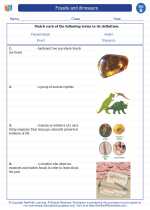Primary Consumer
In an ecosystem, organisms that consume producers (plants) are known as primary consumers. These organisms are herbivores, meaning they feed on plants for energy. They form the second trophic level in a food chain or food web, where they are the primary source of food for the next level of consumers.
Characteristics of Primary Consumers:
- Herbivorous in nature
- Depend on plants for energy
- Form the second trophic level in a food chain
- Play a crucial role in energy transfer within an ecosystem
Examples of Primary Consumers:
Some examples of primary consumers include deer, rabbits, cows, grasshoppers, and caterpillars. These animals primarily feed on plants and serve as a food source for predators at higher trophic levels.
Study Guide:
Here are some key points to remember about primary consumers:
- Define primary consumer and its role in an ecosystem.
- Identify examples of primary consumers in different ecosystems.
- Explain the significance of primary consumers in the food chain.
- Describe the relationship between primary consumers and producers in an ecosystem.
- Discuss the impact of changes in primary consumer populations on the overall ecosystem.
Understanding the role of primary consumers is essential for comprehending the flow of energy and nutrients within an ecosystem. It also provides insights into the interdependence of organisms in a given habitat.
.◂Science Worksheets and Study Guides Second Grade. Fossils and dinosaurs

 Activity Lesson
Activity Lesson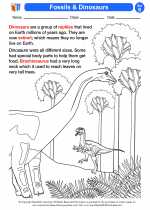
 Worksheet/Answer key
Worksheet/Answer key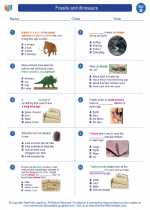
 Worksheet/Answer key
Worksheet/Answer key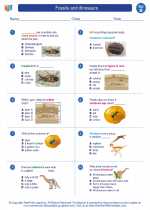
 Worksheet/Answer key
Worksheet/Answer key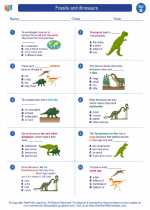
 Worksheet/Answer key
Worksheet/Answer key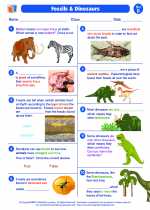
 Vocabulary/Answer key
Vocabulary/Answer key